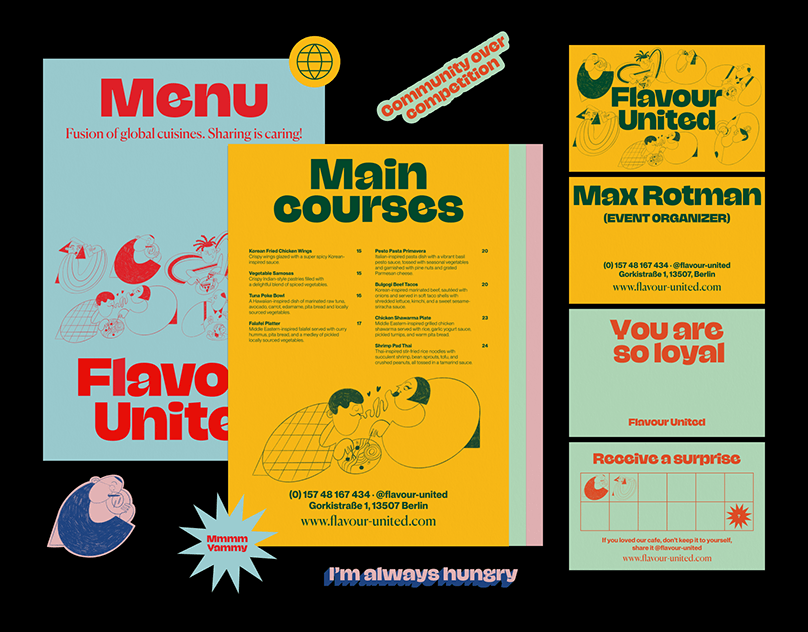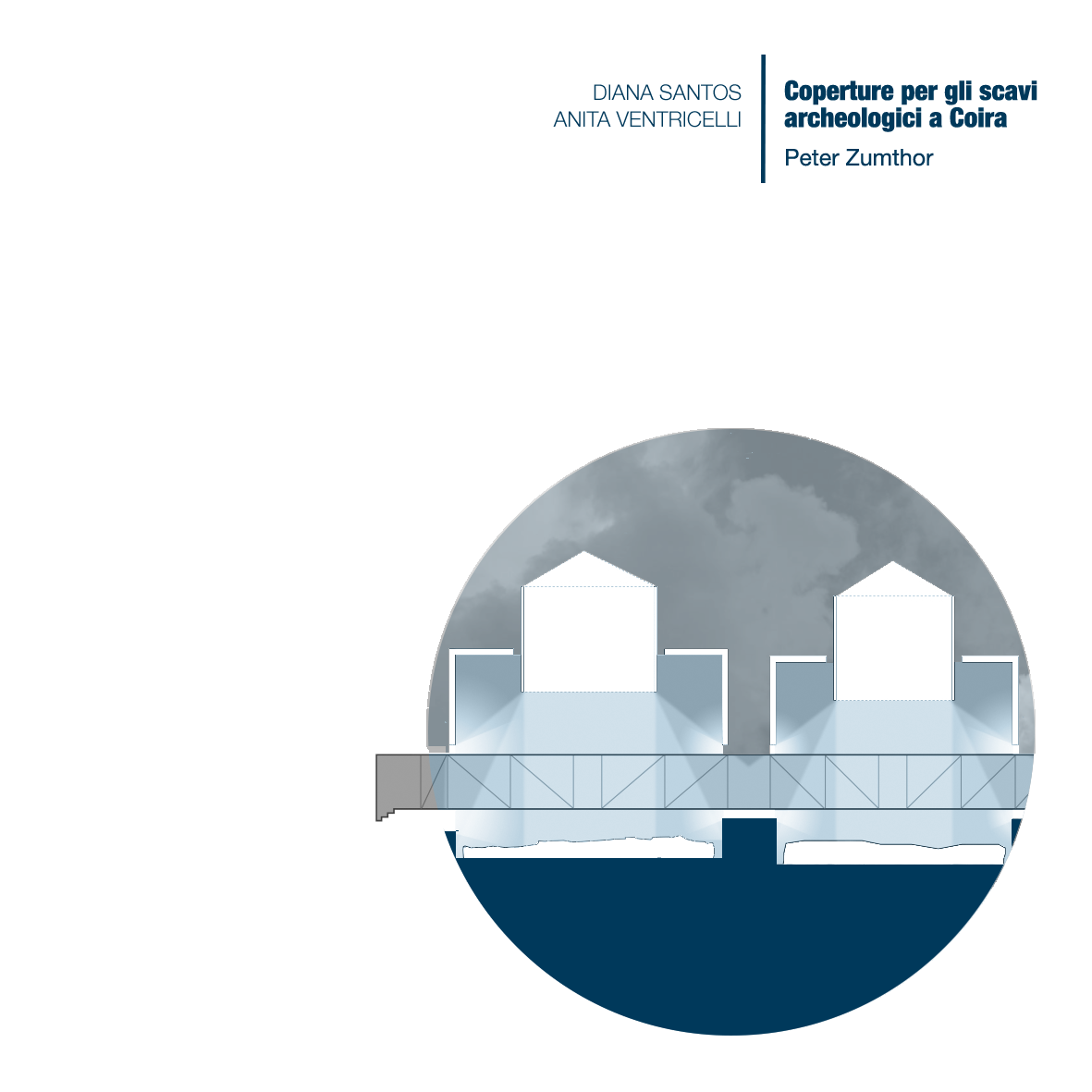




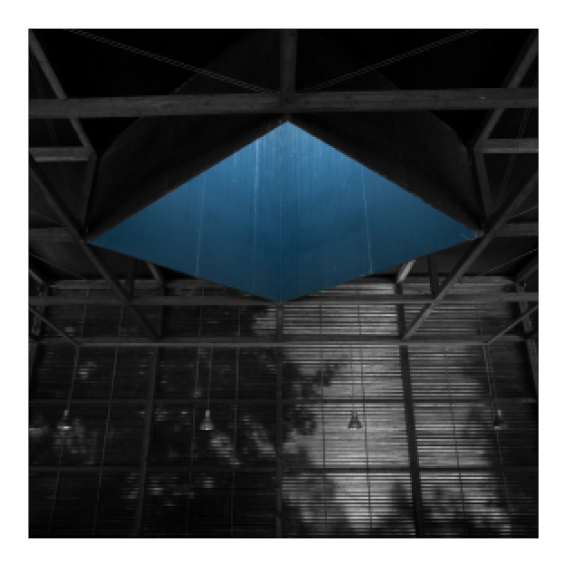
The Shelters For Roman Archaeological Site project, built in 1985-86 and located in the capital of the Swiss canton of Graubünden is one of the first great projects with which Peter Zumthor won the 2009 Architecture Prize Prize.
Its history is a story itself: it relates and integrates in a surprising way with the ancient character of Roman ruins; but also magically, it has a modern character that seems to have been built yesterday.
Zumthor says, “A new construction is an intervention in a historical situation. The quality of the intervention by the ability to equip the new property that can establish a tension relationship with the pre-existing.”
Coira is the oldest city in Switzerland: the first settlements founded date back to 3,500 BC. In the 15th century BC the Roman Empire conquered the village and named Coira (Curia Raetorum) as the capital of their new Roman province of the Curia funded - hence the name Coira. In those days the location on the bank of the Rhine River was a strategic crossroads where many of the major river routes. The Romans lived in the area that today is called Welschdörfli, just outside the historic center of Chur.
Archaeological excavations have brought to light a complete Roman quarter and so authorities have decided to preserve excavations and opened them for public exposure. The wooden pavilions designed by Zumthor work not only as protection but as a museum.
The lightwaight wooden panels follow the outer walls of two of the adjacent original buildings, a third one was excaveted and one corner is just visible.
An original wall painting was found in a discreet state of conservation on the floor of the first and largest building. After being restored, it was returned to its original position giving the impression of the probable real height of the houses of one floor.
An original wall painting was found in a discreet state of conservation on the floor of the first and largest building. After being restored, it was returned to its original position giving the impression of the probable real height of the houses of one floor.
The windows on the main facade symbolizes the old entrances of the buildings, but the new entrance takes place in one of the side facades. Almost hidden, with an enigmatic metal box appears apparently suspended from one of the wooden facades of the building. Avoiding any contact with the ground, almost trying to not disturb, this mysterious floating access contains a small ladder and a solid steel door. More than a standard building entrance, it might almost seems like access to a spaceship or perhaps some sort of time machine.
Within a few steps, the steel door opens onto a modern metallic walkway that crosses the interior of all buildings at a high level of observation.
Within a few steps, the steel door opens onto a modern metallic walkway that crosses the interior of all buildings at a high level of observation.
Almost flying over the excavated areas, this light metal walkway is elegantly resolved into an oversized Pratt-type beam structure supported only at the intersection points with each facade that crosses its path.
Some light metal stairs allow the connection with the Roman buildings’ remains.
The building’s permeable skin is a technical device to provide natural ventilation, but also to feel the scents and sounds of outside, the city’s industrial noise and bird song blend and the palpable breeze heated by the sun.
The building protects the ruins from the urban context and at the same time links it to its surroundings through its architectural elements. The excavations seem enclosed in a light frame that creates a contrast between old and new.
The building protects the ruins from the urban context and at the same time links it to its surroundings through its architectural elements. The excavations seem enclosed in a light frame that creates a contrast between old and new.
There is a conflict of emotions: externally the building looks like an impenetrable casing, internally feels like an implosion occurs. The light and the wind that pass through the staves increases this feeling of loss; inside, outside, indoor, outdoor, defining this space peculiarities with certainty is a risky action. The interior, invaded by light, reveals itself as a overlayed world.
“... I am convinced that there are still - although they are in danger - some authentic things. There is land and water, sunlight, landscapes and vegetation; there are man-made objects, such as machines, utensils, or musical instruments, which are what they are, which are not supportive of any artificial message and whose presence is completely natural.”
Using the compression and expansion, Zumthor dramatizes the space. The suspended walkway allows observers to experience the ruins in a symbolic way; walking over and looking past.
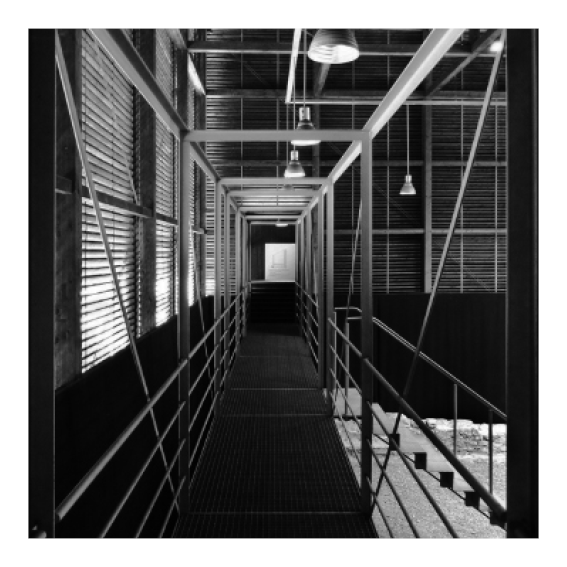


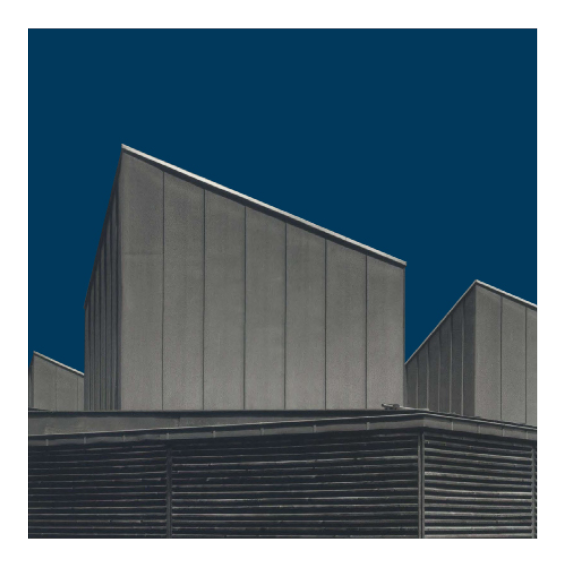
If you want the original in italian or spanish don't heaside to contact us.



